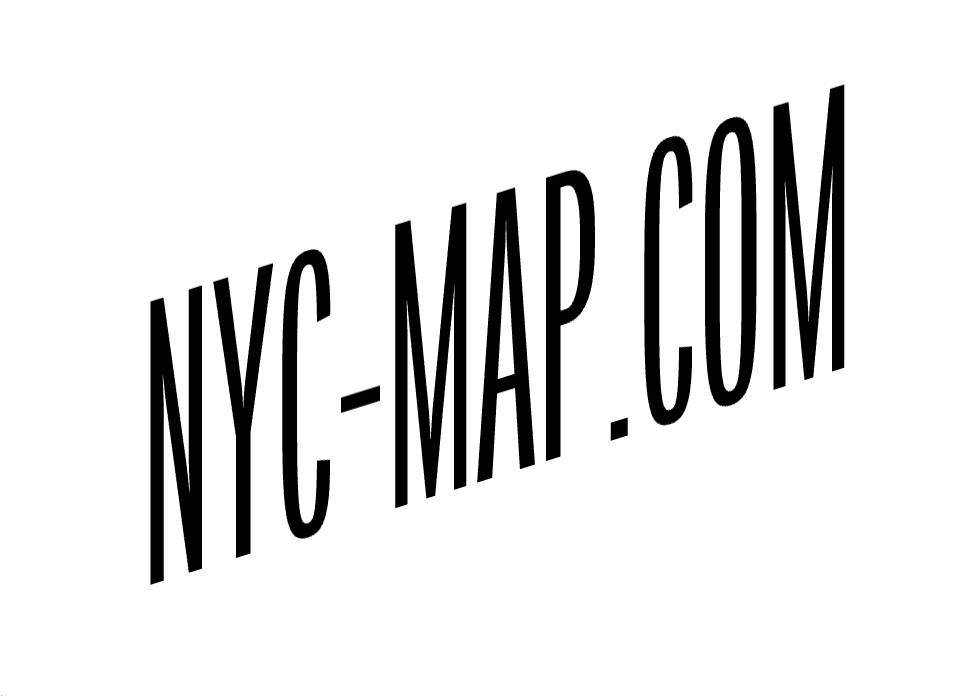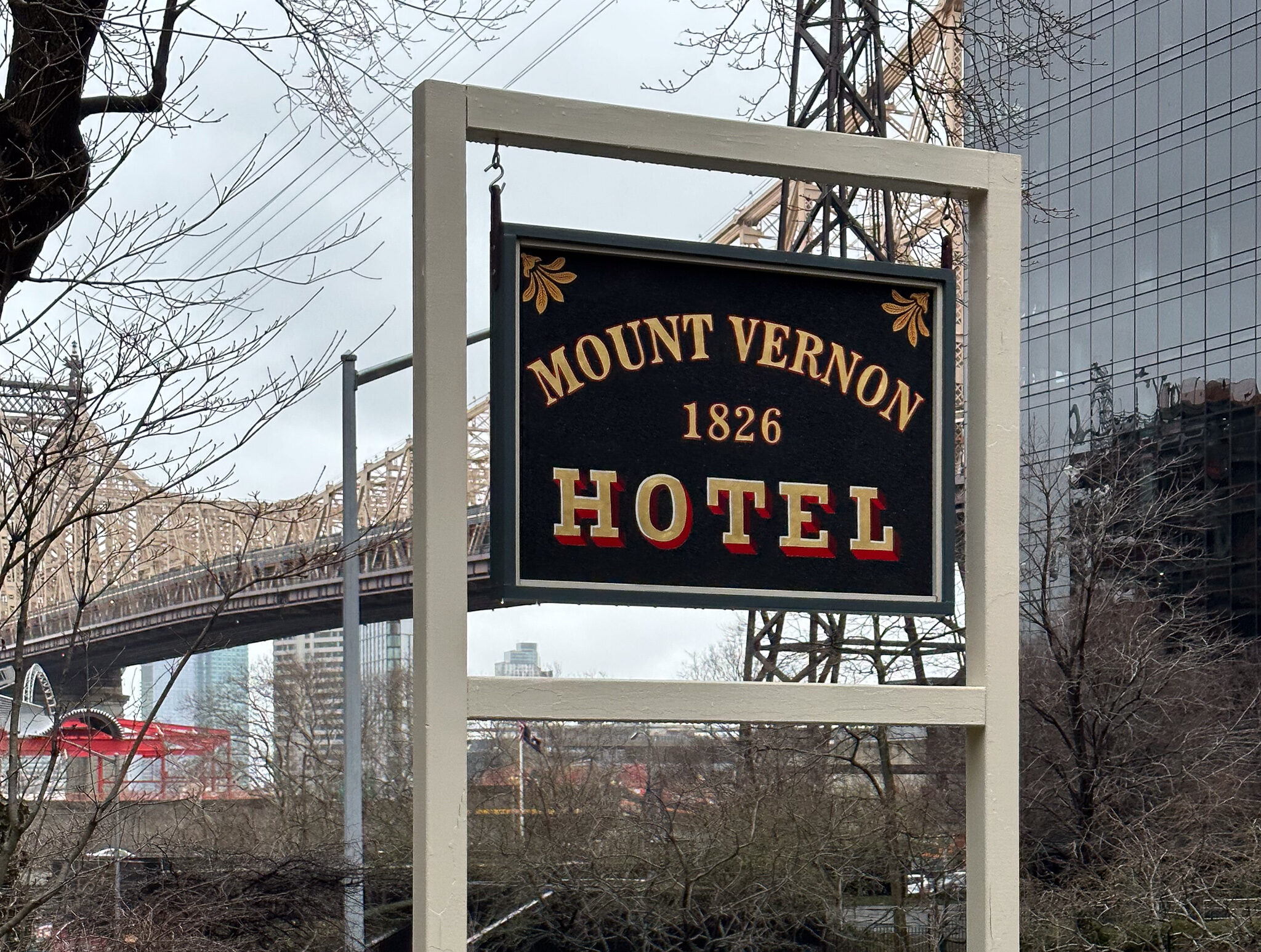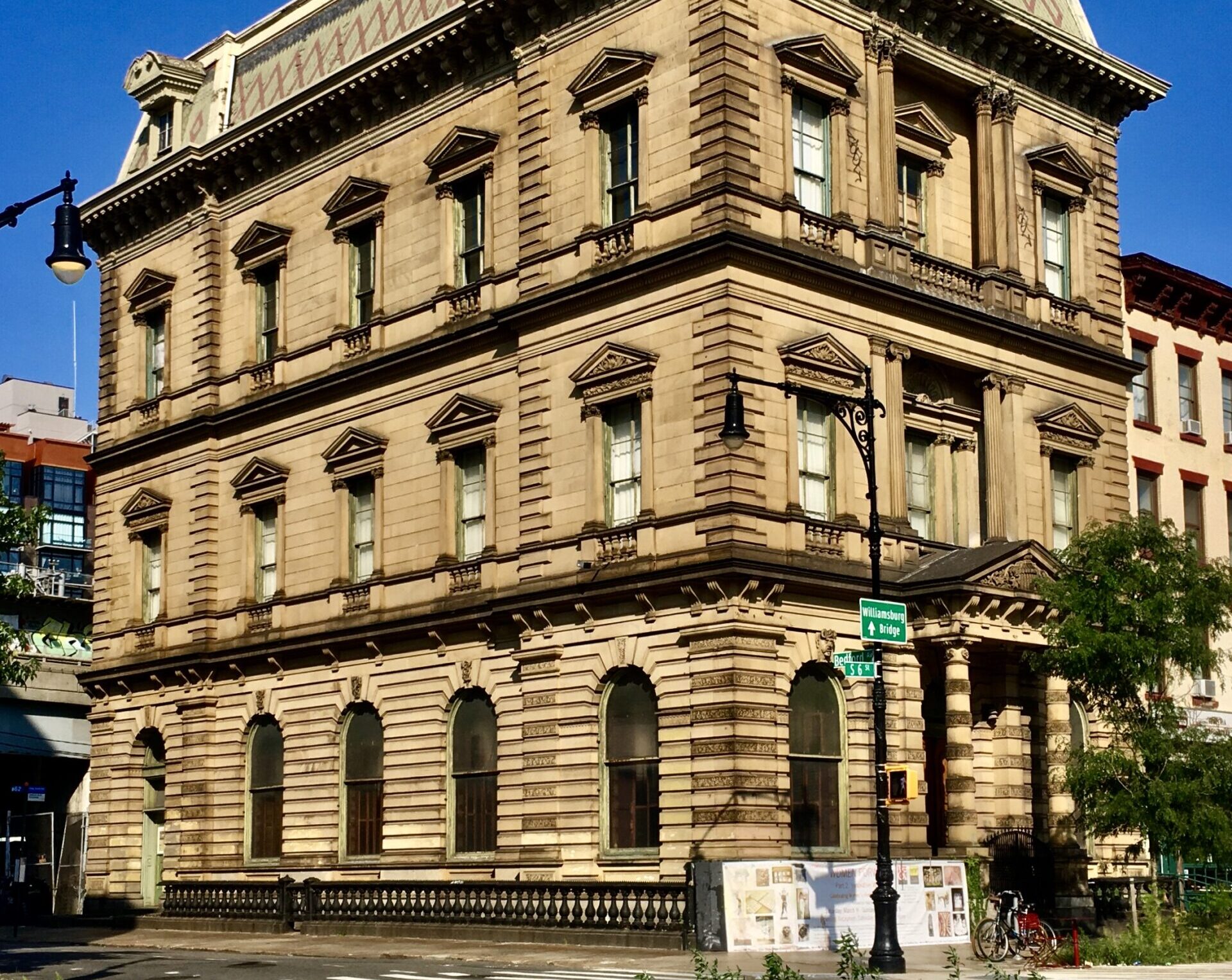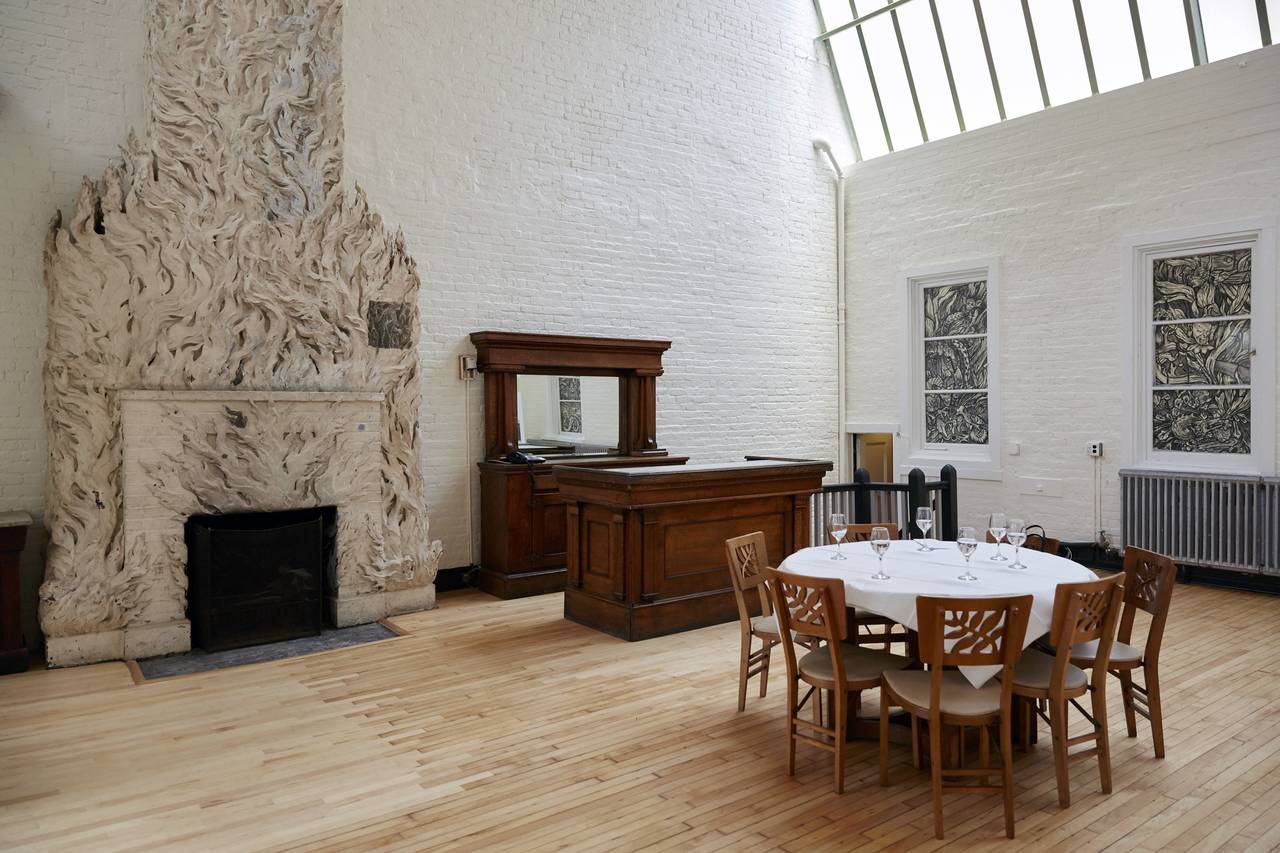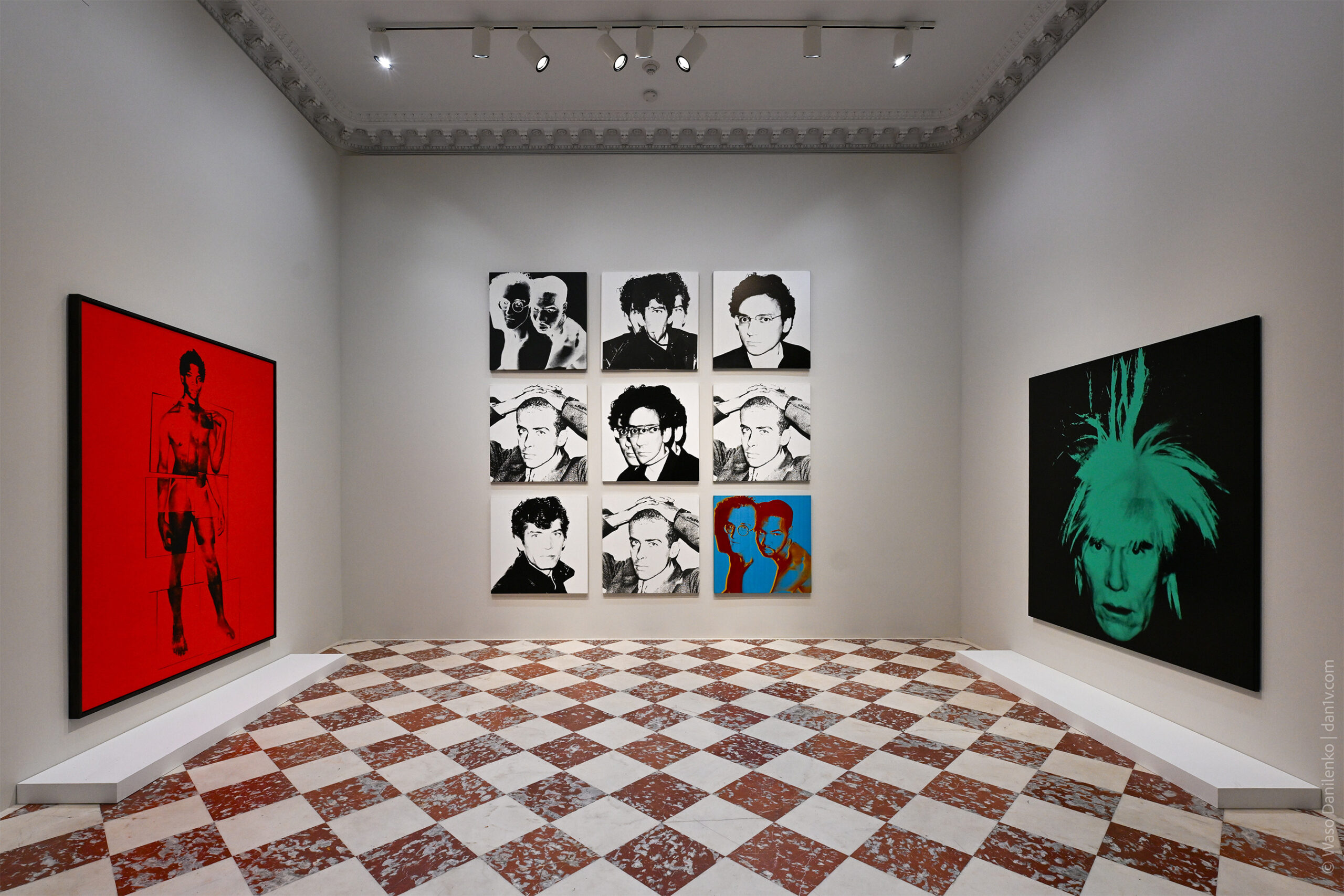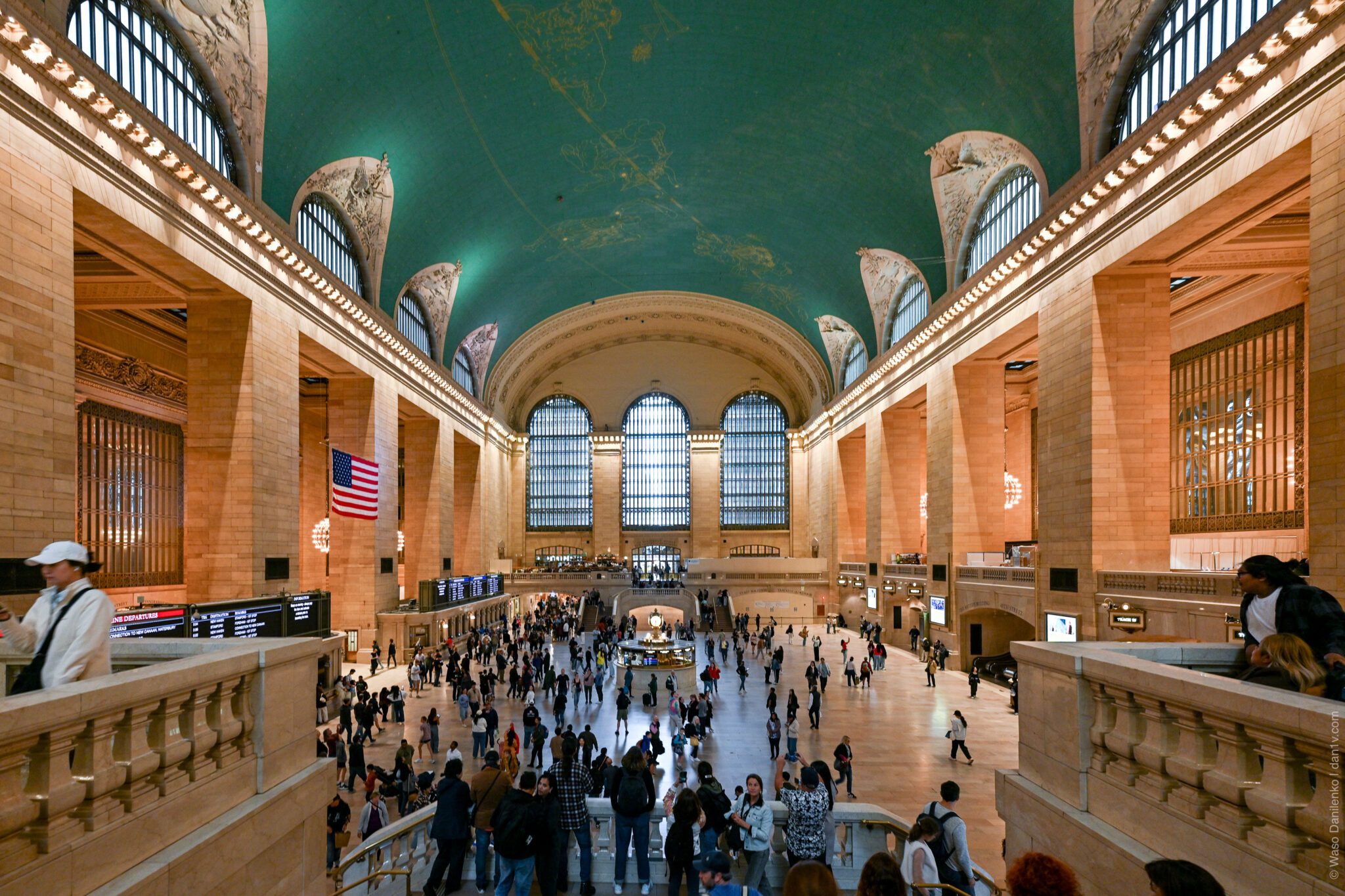In the 19th century, the Mount Vernon Hotel stood in the middle of a field — today it’s a museum in New York City, surrounded by skyscrapers. A tour of the former country hotel offers a glimpse into how successful New Yorkers vacationed in 1826. It’s especially recommended for those who have already seen the main landmarks of New York and want to dive deeper into the everyday life and leisure of the city’s wealthy citizens in the early 19th century.
History
This fashionable country resort was popular among New Yorkers who wanted to escape the hustle and bustle of the city, which at the time extended only up to 14th Street. The hotel advertised itself as a place “free from the noise and dust of public roads, arranged and intended exclusively for the most noble and respectable” guests. Visitors could reach 61st Street by stagecoach or steamboat and spend the day at the hotel, sipping lemonade in the ladies’ parlor or playing cards in the gentlemen’s tavern.
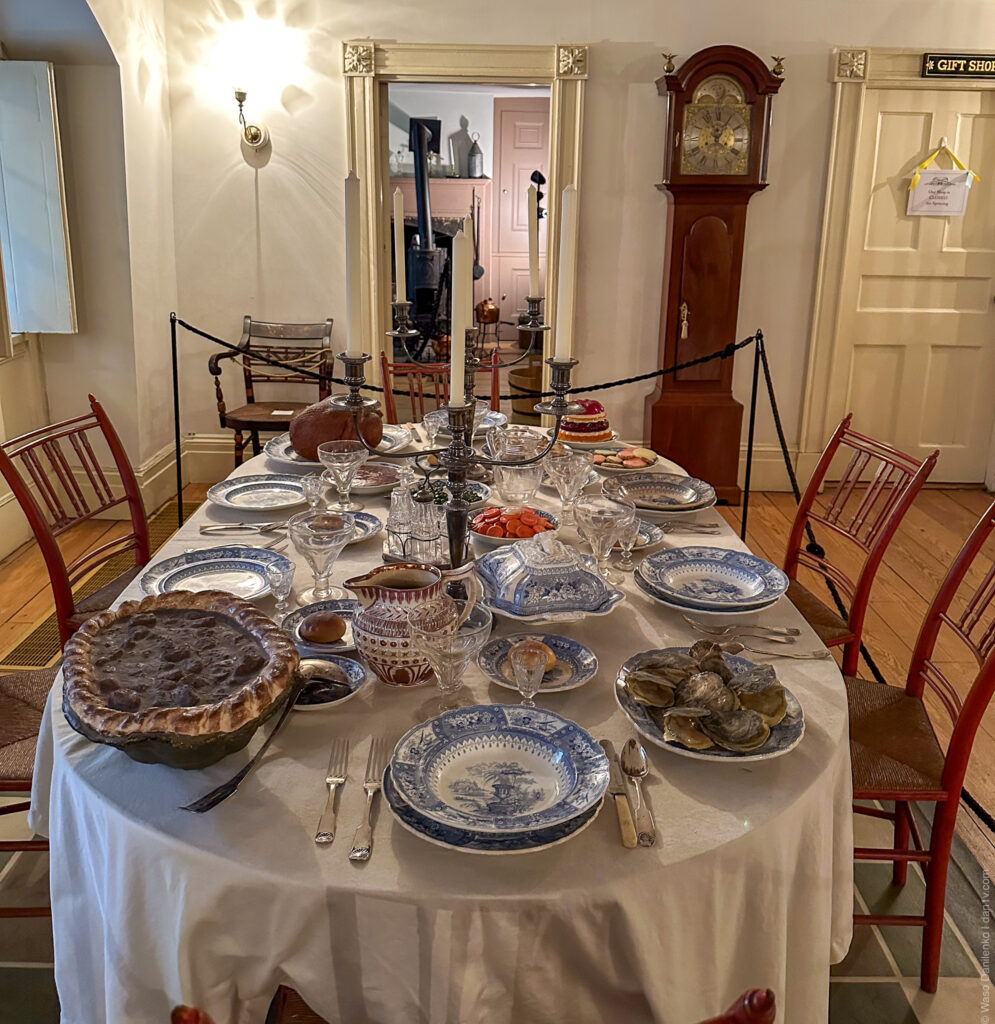
A model of Manhattan before the construction of Mount Vernon, early 19th century. At that time, the area where modern Manhattan now stands was covered with farms and fields.
Cattle yard on the site of the future Mount Vernon Hotel, 1799–1826.
In 1905, as the neighborhood became more industrial, the building was purchased by the Standard Gas Light Company (now Con Edison). In 1924, it was acquired by the Colonial Dames of America, a women’s organization dedicated to historical education and heritage preservation.
After extensive restoration, the Mount Vernon Hotel Museum opened to the public in 1939.
Collections and Exhibitions
The Mount Vernon Hotel Museum offers a unique space that recreates the atmosphere of the early 19th century. The permanent exhibition features restored hotel interiors, including:
- The Ladies’ Parlor, where women gathered for conversation, needlework, and reading;
- The Gentlemen’s Tavern, a space for relaxation, card games, and discussing news;
- The Dining Room, set with early 19th-century tableware to show how meals were served;
- Guest Bedrooms, furnished in the style of accommodations for wealthy travelers.
Guided tours lead visitors through each room, all decorated according to historical sources and filled with authentic early 19th-century artifacts such as porcelain, textiles, board games, books, lamps, and engravings.
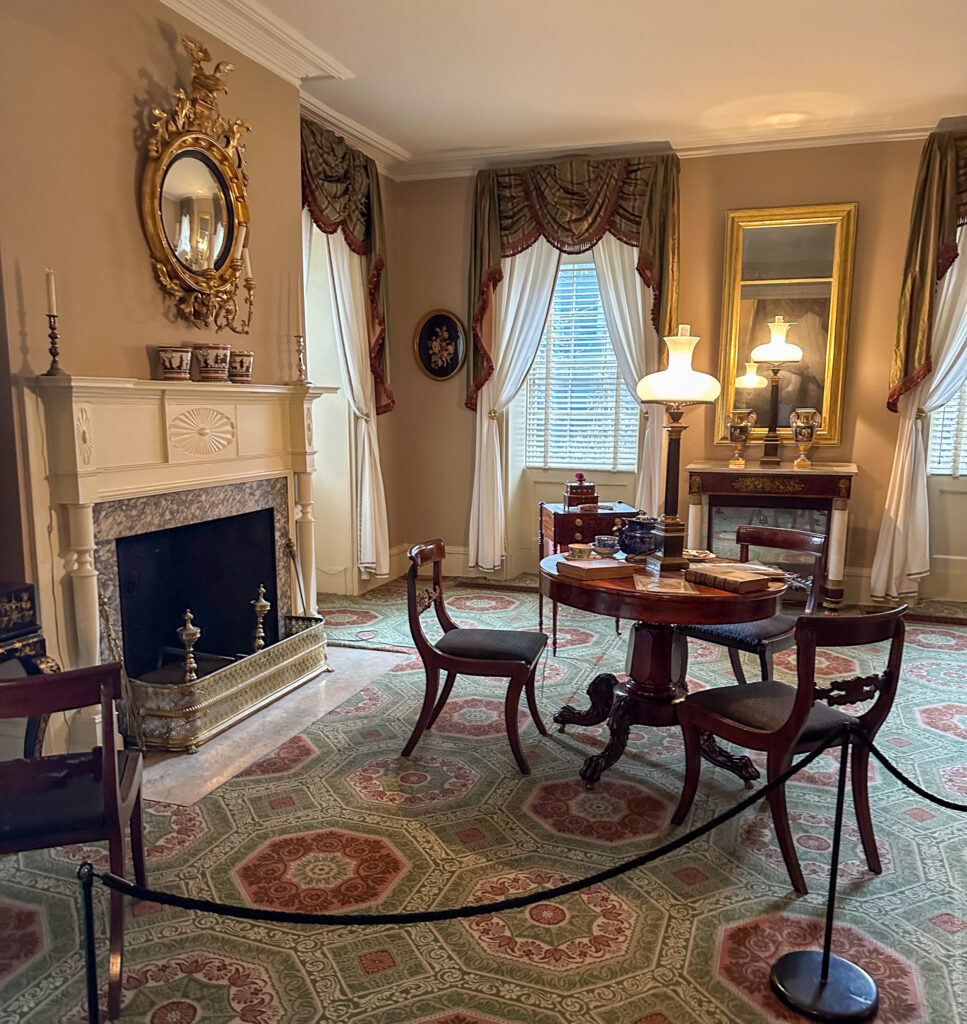
Notable exhibits include:
- Rare sheet music from the 1820s, including dance tunes once played at hotel gatherings;
- English porcelain used for tea service;
- A lady’s travel necessaire — a small suitcase with personal care items;
- A travel album with watercolors painted by a hotel guest;
- A gentleman’s top hat and cane belonging to one of the visitors.
The museum’s collection continues to grow through donations, archival research, and collaborations with historical societies.
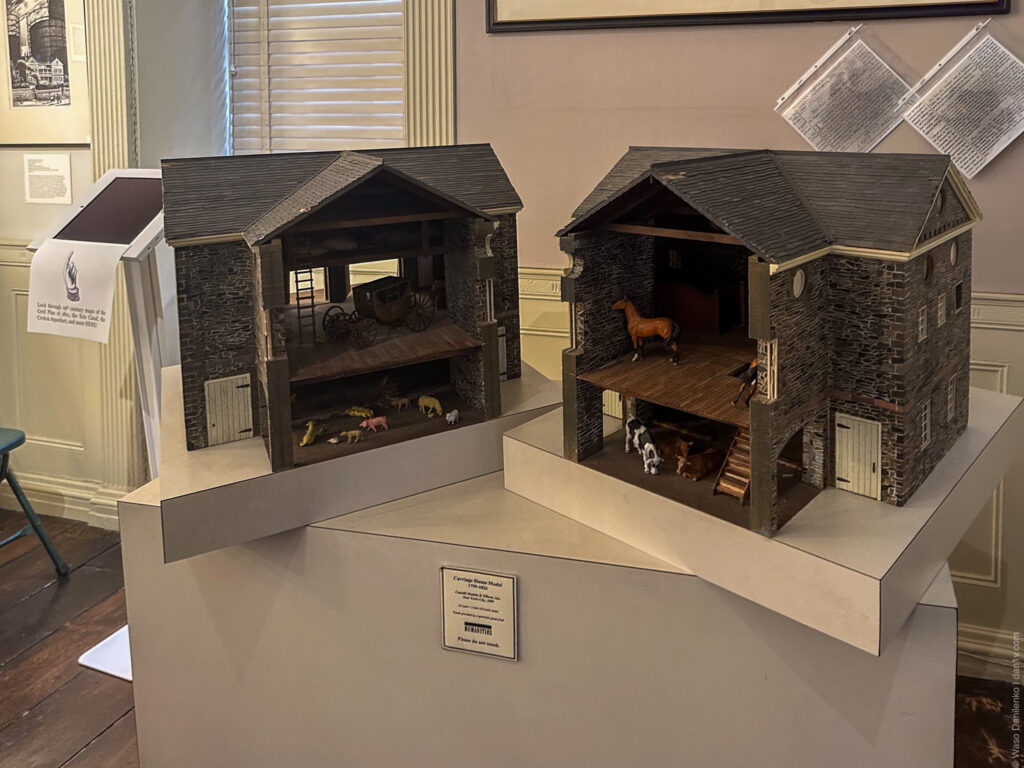
The museum also hosts temporary exhibitions on specialized topics. One recent show, “Strolling Through the City: Outdoor Leisure and Fashion in 1830s New York,” explored how city dwellers spent their leisure time beyond the downtown area. It included:
- Clothing for picnics and countryside walks;
- Illustrations and descriptions of park and garden routes;
- Promotional brochures from hotels and resorts.
These exhibitions often include interactive materials, audio guides, lectures, and workshops, making them engaging for both adults and children.
Mount Vernon hosts around 35 programs annually, including monthly lunchtime lectures, children’s storytimes, summer concerts, and History Weeks for school groups. Annual events include the George Washington Birthday Ball, a Halloween Mystery, and other themed tours.
Research
Each summer, museum fellows conduct research on the history and daily life of 19th-century New York, exploring topics such as trade, travel, leisure, education, urban development, popular music, as well as gender roles and race relations in the 1820s–1830s.
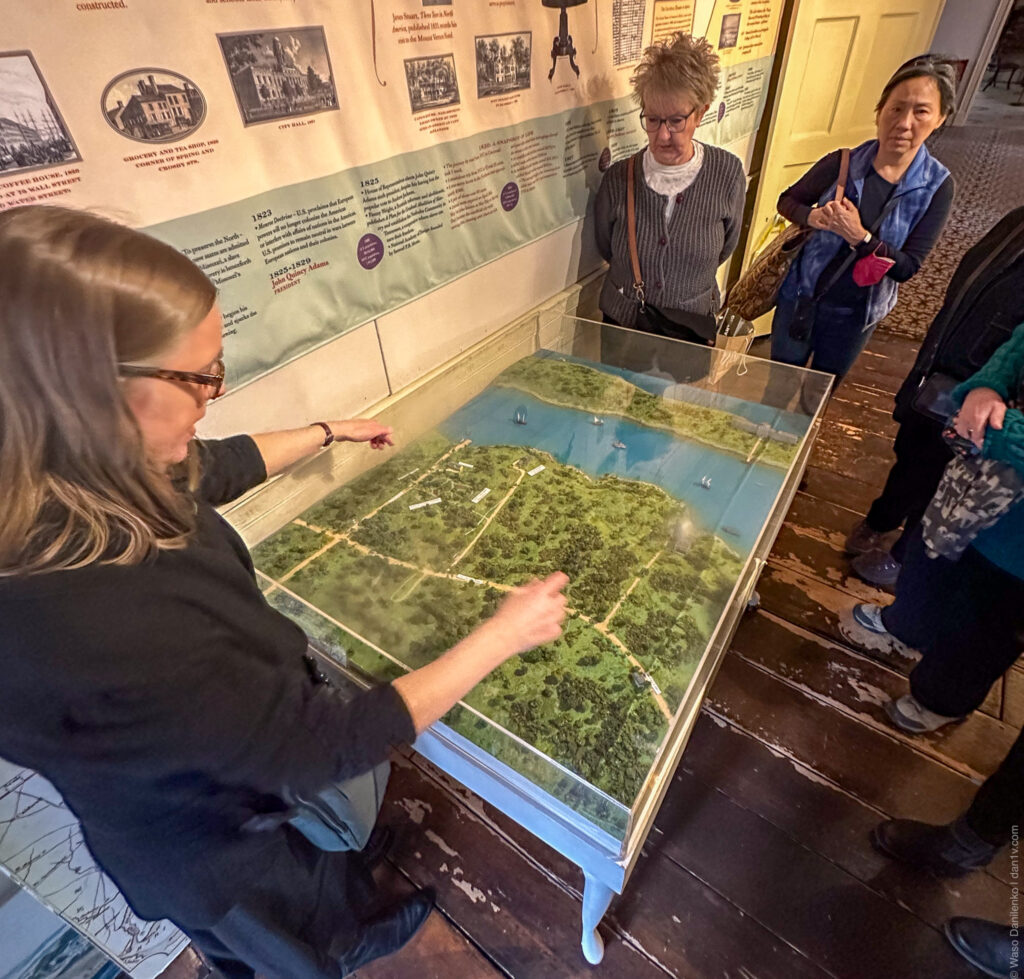
Visitor Information
Website: www.mvhm.org
Address: 421 E 61st St, New York, NY 10065
Admission: $15
